Home>Furniture & Design>Bathroom Accessories>How To Choose A Toilet Bowl
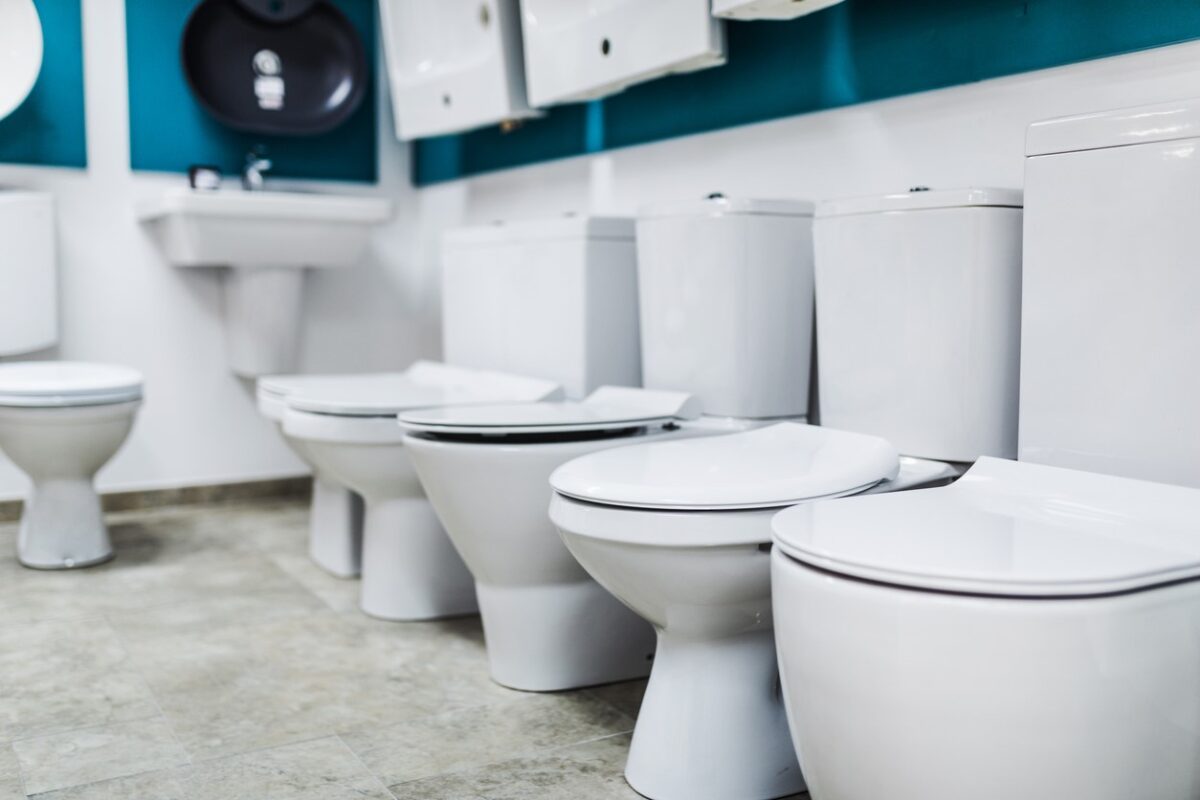

Bathroom Accessories
How To Choose A Toilet Bowl
Modified: February 29, 2024
Learn how to choose the perfect toilet bowl for your bathroom with our expert tips and advice on bathroom accessories. Find the best options for your needs.
(Many of the links in this article redirect to a specific reviewed product. Your purchase of these products through affiliate links helps to generate commission for Storables.com, at no extra cost. Learn more)
Consider the Size and Shape of the Toilet Bowl
When selecting a toilet bowl, it's crucial to consider the size and shape to ensure it meets your specific needs and fits seamlessly into your bathroom space. The size of the toilet bowl can significantly impact the comfort and functionality of your bathroom experience. Here are some essential factors to keep in mind:
-
Space Constraints: Before making a purchase, measure the available space in your bathroom to determine the maximum dimensions the toilet bowl can occupy. This will help you avoid any potential fitting issues and ensure that the toilet bowl complements the overall layout of your bathroom.
-
Round vs. Elongated Bowls: Toilet bowls come in two primary shapes: round and elongated. Round bowls are a popular choice for smaller bathrooms due to their space-saving design. On the other hand, elongated bowls offer additional comfort and legroom, making them ideal for larger bathrooms.
-
Comfort Height: Consider opting for a comfort height toilet bowl, which is slightly taller than standard models. This feature is especially beneficial for individuals with mobility issues or those who prefer a more ergonomic design.
-
Rough-In Measurement: The rough-in measurement refers to the distance between the wall and the center of the toilet's flange. It's essential to ensure that the toilet bowl's rough-in measurement aligns with your bathroom's existing plumbing to facilitate a seamless installation process.
By carefully considering the size and shape of the toilet bowl, you can make an informed decision that enhances both the aesthetics and functionality of your bathroom space.
Key Takeaways:
- Choose the right toilet bowl size and shape to fit your bathroom and enhance comfort. Consider space constraints, round vs. elongated bowls, comfort height, and rough-in measurement for a seamless installation.
- Prioritize water efficiency, flushing performance, and environmental impact when selecting a toilet bowl. Look for WaterSense certification, dual-flush technology, low-flow design, and eco-friendly materials to conserve water and support sustainability.
Read more: How To Descale A Toilet Bowl
Evaluate the Flushing System
The flushing system is a critical component of any toilet bowl, as it directly impacts its performance and water efficiency. When evaluating the flushing system of a toilet bowl, several key factors should be taken into consideration to ensure optimal functionality and reliability.
Flush Mechanism
The flush mechanism of a toilet bowl determines how effectively it removes waste and cleans the bowl after each use. There are various types of flush mechanisms available, including gravity-fed, pressure-assisted, and dual-flush systems. Gravity-fed systems are the most common and rely on the force of gravity to remove waste, making them relatively quiet and efficient. Pressure-assisted systems, on the other hand, utilize compressed air to enhance flushing power, making them suitable for commercial settings or households with high usage. Dual-flush systems offer the flexibility of choosing between a full flush for solid waste and a reduced flush for liquid waste, promoting water conservation.
Water Consumption
Efficient water usage is a key consideration when evaluating the flushing system of a toilet bowl. Older models often consume a significant amount of water per flush, contributing to unnecessary water wastage. In contrast, modern toilet bowls are designed to meet water efficiency standards, with low-flow options that use less water without compromising flushing performance. The Environmental Protection Agency (EPA) has established WaterSense guidelines to identify and promote water-efficient products, including toilet bowls with efficient flushing systems that help conserve water and reduce utility costs.
Flush Performance
The effectiveness of a toilet bowl's flushing system is closely tied to its flush performance. A powerful flush ensures that waste is thoroughly removed with minimal residue left behind, promoting cleanliness and hygiene. Factors such as the size and design of the flush valve, trapway, and bowl shape can influence flush performance. Additionally, advancements in flushing technology, such as rimless bowl designs and enhanced water flow dynamics, contribute to improved flush performance and easier maintenance.
Read more: How To Dispose Of A Toilet Bowl
Noise Level
The noise level produced during flushing is another aspect to consider, especially for households where noise sensitivity is a concern. Gravity-fed systems are generally quieter compared to pressure-assisted systems, which can produce a louder flushing sound due to the air pressure release. Dual-flush systems offer the advantage of a quieter flush for liquid waste, contributing to a more peaceful bathroom environment.
By carefully evaluating the flushing system of a toilet bowl, consumers can make informed choices that align with their preferences for water efficiency, performance, and noise levels, ultimately enhancing the overall bathroom experience.
Look at the Material and Finish Options
When choosing a toilet bowl, considering the material and finish options is crucial for both aesthetic appeal and long-term durability. The material of the toilet bowl not only contributes to its visual impact but also influences its resilience and ease of maintenance. Additionally, the finish options play a significant role in complementing the overall design scheme of the bathroom. Here's a detailed exploration of the material and finish options to guide your decision-making process:
Material Selection
Porcelain and Ceramic
Porcelain and ceramic are popular choices for toilet bowl construction due to their durability and timeless appeal. These materials are resistant to stains, scratches, and fading, making them ideal for high-traffic bathrooms. Porcelain, in particular, is known for its smooth, non-porous surface, which inhibits the growth of bacteria and simplifies cleaning. Both materials offer a classic, glossy finish that adds a touch of elegance to the bathroom environment.
Vitreous China
Vitreous china is a type of ceramic that undergoes a high-temperature firing process, resulting in a dense, non-porous finish. This makes vitreous china toilet bowls highly resistant to stains and odors, ensuring long-lasting hygiene and easy maintenance. The smooth, glossy surface of vitreous china enhances the visual appeal of the toilet bowl while providing exceptional durability.
Stainless Steel
Stainless steel toilet bowls are renowned for their robustness and corrosion resistance. They are a popular choice for commercial and industrial settings due to their ability to withstand heavy use and frequent cleaning. The sleek, metallic finish of stainless steel adds a modern touch to the bathroom and complements contemporary design themes.
Finish Options
Glossy Finishes
Glossy finishes, such as polished white or ivory, are timeless choices that effortlessly blend with various bathroom styles. The reflective nature of glossy finishes adds brightness to the space and creates a clean, polished look. These finishes are versatile and pair well with a wide range of bathroom accessories and decor elements.
Matte Finishes
Matte finishes, including matte white or black, offer a sophisticated and understated aesthetic. They are known for their ability to conceal water spots and fingerprints, making them a practical choice for busy households. Matte finishes exude a modern and minimalist vibe, contributing to a sleek and contemporary bathroom ambiance.
Customized Finishes
For those seeking a unique and personalized touch, customized finish options, such as decorative patterns or textured surfaces, provide an opportunity to infuse individuality into the bathroom design. Custom finishes allow for creative expression and can serve as focal points within the bathroom space.
By carefully considering the material and finish options, individuals can select a toilet bowl that not only aligns with their aesthetic preferences but also delivers long-lasting performance and ease of maintenance. The right combination of material and finish can elevate the overall look and functionality of the bathroom, creating a harmonious and inviting environment.
Read more: How To Remove A Toilet Bowl
Check for Water Efficiency and Environmental Impact
When choosing a toilet bowl, it is essential to prioritize water efficiency and consider the environmental impact of the selected model. Water conservation is a critical aspect of sustainable living, and selecting a water-efficient toilet bowl can significantly contribute to reducing household water consumption and environmental strain. Here are key considerations to evaluate the water efficiency and environmental impact of a toilet bowl:
WaterSense Certification
The WaterSense certification, established by the Environmental Protection Agency (EPA), serves as a reliable indicator of a toilet bowl's water efficiency. To earn the WaterSense label, a toilet bowl must meet rigorous performance and efficiency standards, including a maximum flush volume of 1.28 gallons per flush (gpf). By choosing a WaterSense-certified toilet bowl, consumers can be confident in its ability to minimize water usage without compromising flushing performance.
Dual-Flush Technology
Many modern toilet bowls feature dual-flush technology, offering users the option to select a full flush for solid waste or a reduced flush for liquid waste. This innovative feature promotes water conservation by allowing individuals to tailor their flushing needs based on the type of waste, ultimately reducing overall water consumption. Dual-flush toilet bowls are an effective solution for environmentally conscious households seeking to minimize their ecological footprint.
Low-Flow Design
Low-flow toilet bowls are designed to optimize water usage by incorporating efficient flushing mechanisms that achieve thorough waste removal with reduced water volume. These models typically utilize advanced engineering to deliver powerful flush performance while adhering to water efficiency standards. By embracing low-flow designs, homeowners can actively contribute to water conservation efforts and lower their utility costs over time.
Read more: How To Paint Toilet Bowl
Environmental Impact
Beyond water efficiency, the environmental impact of a toilet bowl extends to its manufacturing processes and long-term sustainability. Choosing a toilet bowl crafted from eco-friendly materials, such as recycled porcelain or sustainable ceramics, supports environmentally responsible production practices. Additionally, selecting a durable and long-lasting toilet bowl reduces the frequency of replacements, minimizing waste and resource consumption.
Consumer Awareness
Educating consumers about the importance of water efficiency and environmental impact is crucial in driving sustainable purchasing decisions. By raising awareness about the benefits of water-efficient toilet bowls and their positive environmental implications, individuals can make informed choices that align with their values and contribute to broader conservation efforts.
By prioritizing water efficiency and considering the environmental impact when selecting a toilet bowl, consumers can actively participate in sustainable practices while enjoying the benefits of reduced water consumption and long-term environmental stewardship. Making conscious decisions regarding water usage in the home environment contributes to a collective effort in preserving precious natural resources for future generations.
Assess the Comfort and Accessibility Features
When choosing a toilet bowl, it's essential to assess the comfort and accessibility features to ensure that the selected model meets the diverse needs of individuals and promotes a user-friendly bathroom environment. Comfort and accessibility considerations play a pivotal role in enhancing the overall usability and inclusivity of the toilet bowl, catering to individuals of varying ages, physical abilities, and personal preferences.
Seat Height and Ergonomic Design
The seat height of a toilet bowl significantly impacts user comfort and accessibility. Opting for a toilet bowl with a comfort height feature, which is typically taller than standard models, offers added convenience for individuals with mobility challenges or those who prefer a more ergonomic design. The elevated seat height reduces the strain on the knees and joints, making it easier for users to sit down and stand up, particularly for older adults and individuals with mobility limitations. Additionally, ergonomic designs that prioritize user comfort through contoured seating surfaces and supportive structures contribute to a more enjoyable and accessible bathroom experience.
Read more: How To Clean Toilet Bowl With Coke
Soft-Close Seats and Lid
The inclusion of soft-close seats and lids in a toilet bowl enhances both safety and convenience. Soft-close mechanisms prevent sudden slamming, minimizing noise and the risk of finger injuries. This feature is especially beneficial in households with children, as it promotes a safer bathroom environment and reduces the likelihood of accidental injuries. Furthermore, the gentle closing action adds a touch of refinement to the toilet bowl, reflecting attention to detail and user comfort.
Accessibility Accessories
Toilet bowls can be equipped with accessibility accessories to accommodate individuals with specific needs. These accessories may include grab bars, raised toilet seats, and armrests, which enhance stability and support for users with mobility challenges. Incorporating these accessibility features into the toilet bowl design promotes independence and confidence for individuals requiring additional assistance, fostering a more inclusive and accommodating bathroom environment.
User-Friendly Controls
Modern toilet bowls often feature user-friendly controls, such as intuitive flush buttons or levers, that are easy to reach and operate. Clear and ergonomic control interfaces contribute to a seamless user experience, allowing individuals of all ages and abilities to effortlessly engage with the toilet bowl's functionalities. Intuitive controls also promote independence and convenience, aligning with the principles of universal design and accessibility.
Consideration for Diverse Users
When evaluating the comfort and accessibility features of a toilet bowl, it's essential to consider the diverse range of users who will interact with the fixture. This includes individuals with disabilities, seniors, children, and individuals with temporary mobility limitations. By prioritizing inclusivity and user-centered design, toilet bowls can cater to the unique needs of each user demographic, fostering a welcoming and accommodating bathroom environment for all.
By carefully assessing the comfort and accessibility features of a toilet bowl, individuals can select a model that prioritizes user well-being, promotes inclusivity, and enhances the overall functionality of the bathroom space. Prioritizing user comfort and accessibility contributes to a positive and accommodating bathroom experience for all individuals, regardless of their unique requirements and preferences.
Frequently Asked Questions about How To Choose A Toilet Bowl
Was this page helpful?
At Storables.com, we guarantee accurate and reliable information. Our content, validated by Expert Board Contributors, is crafted following stringent Editorial Policies. We're committed to providing you with well-researched, expert-backed insights for all your informational needs.
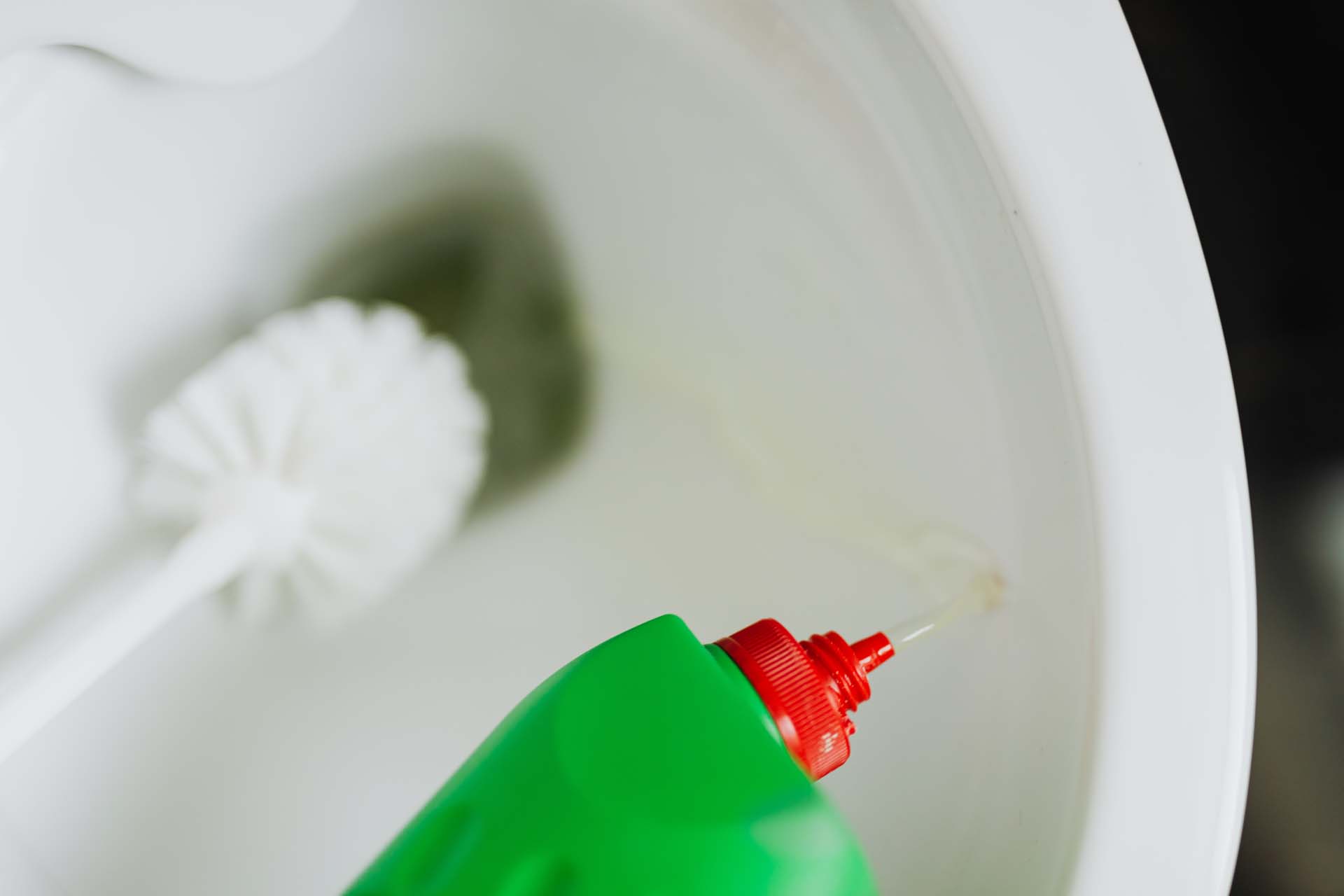
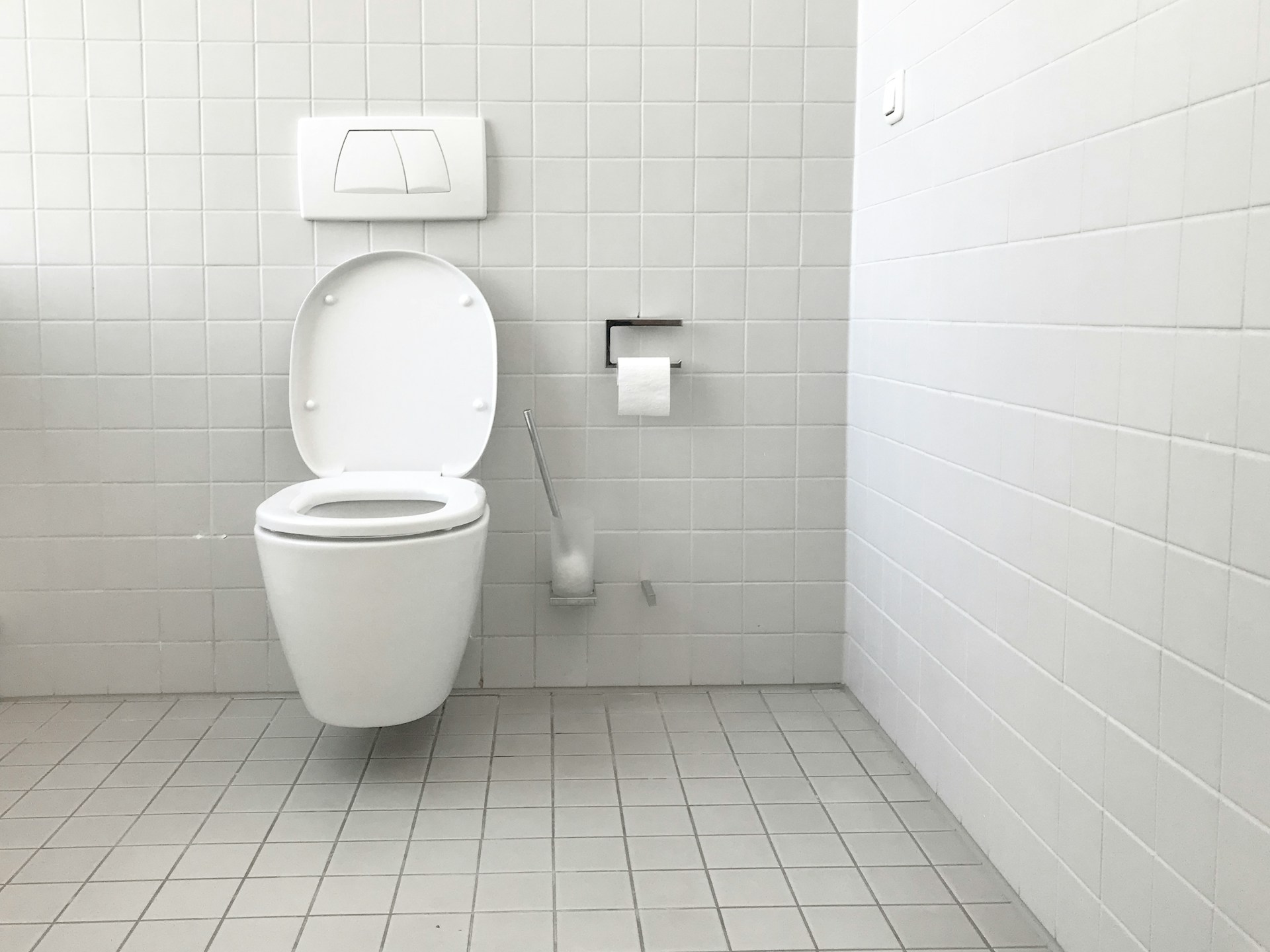
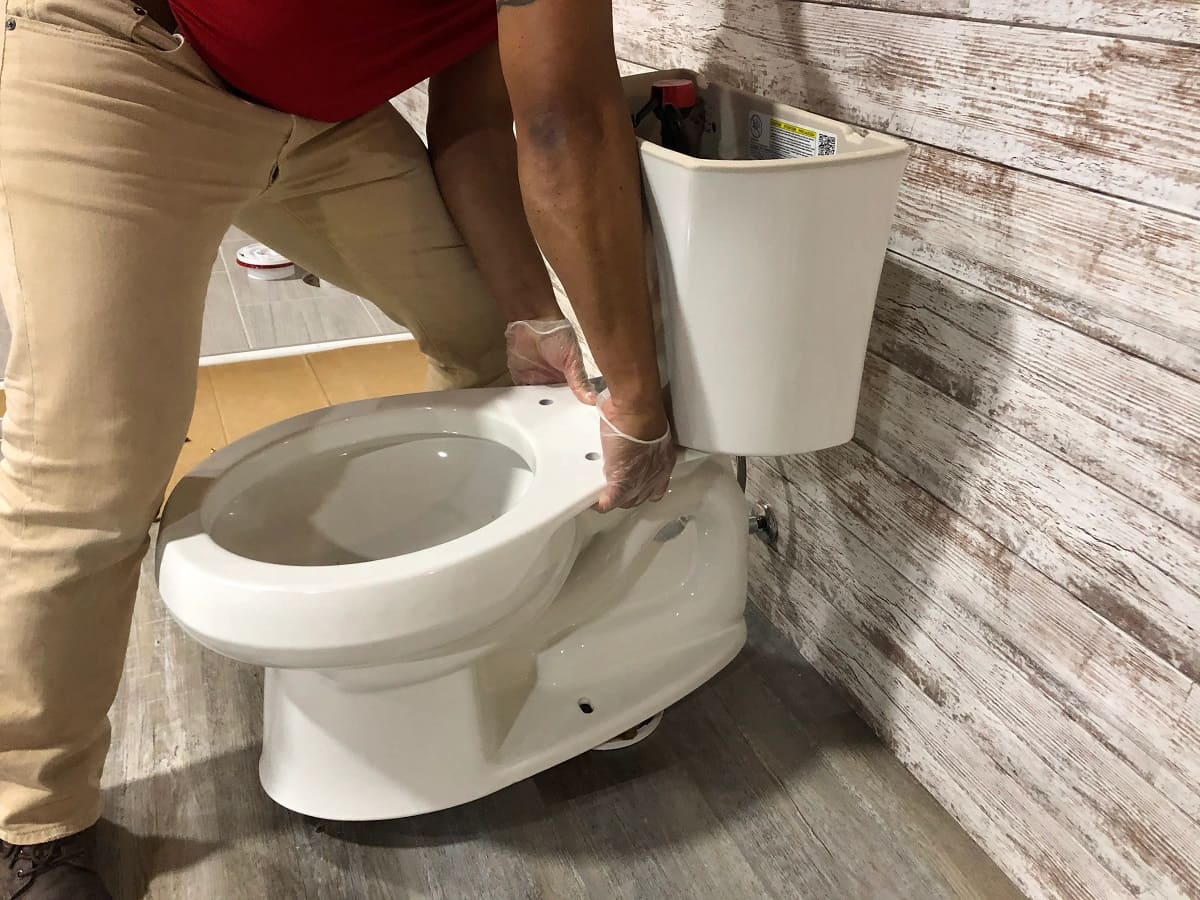
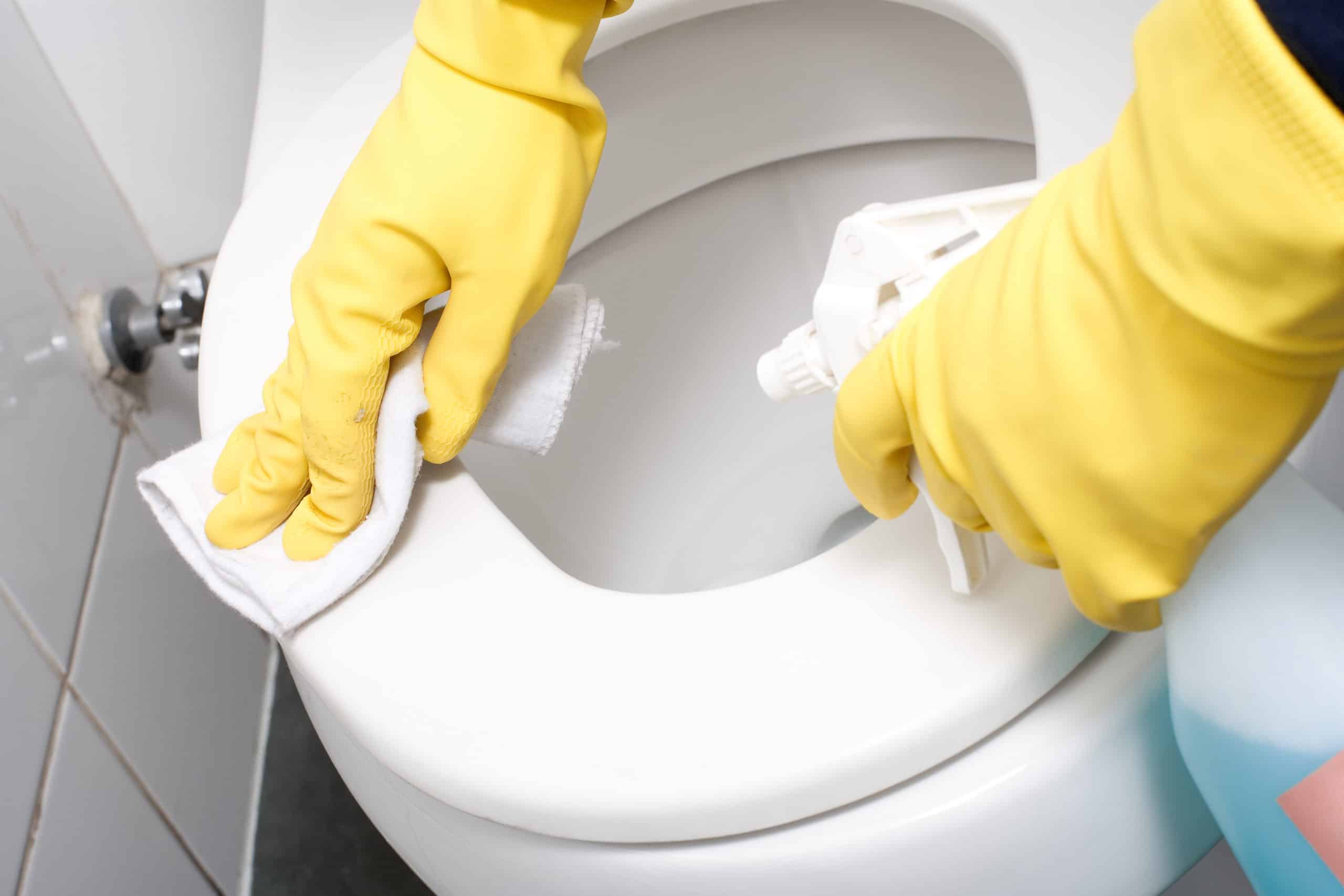
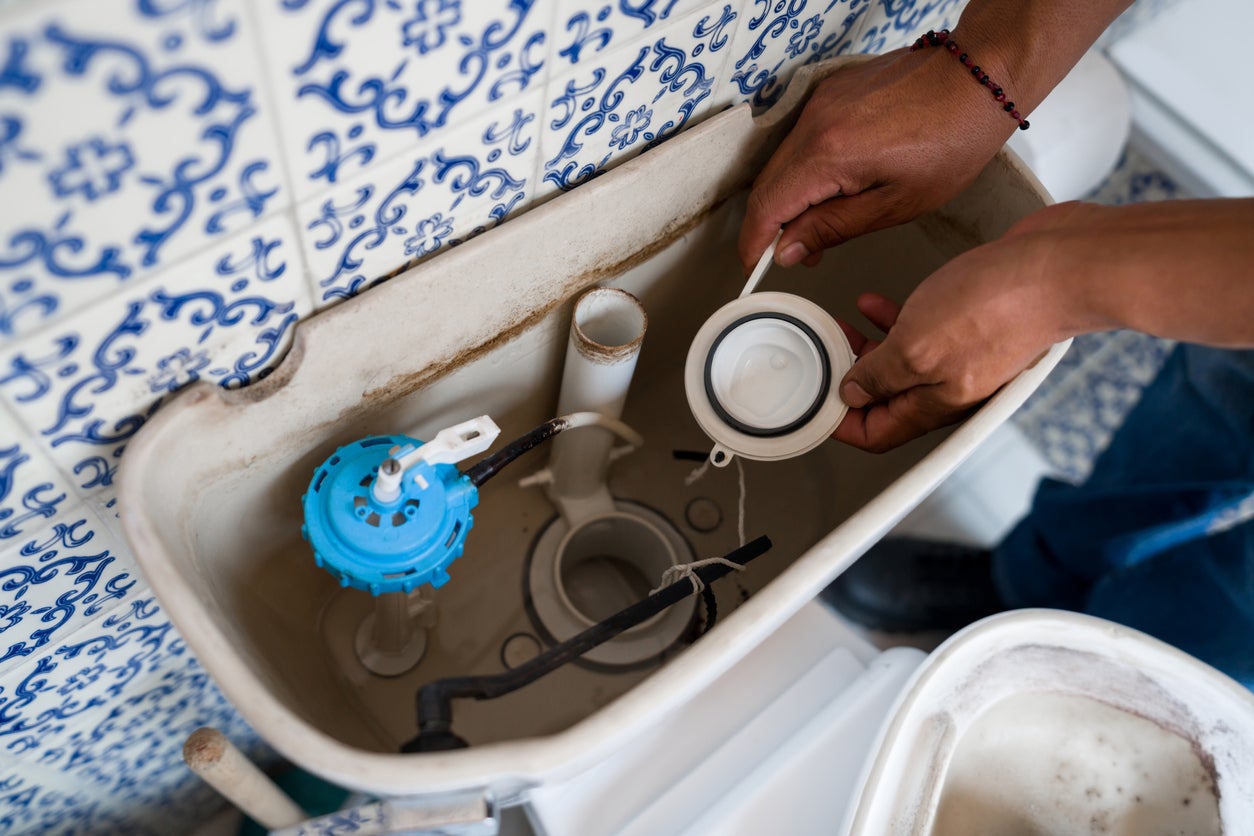
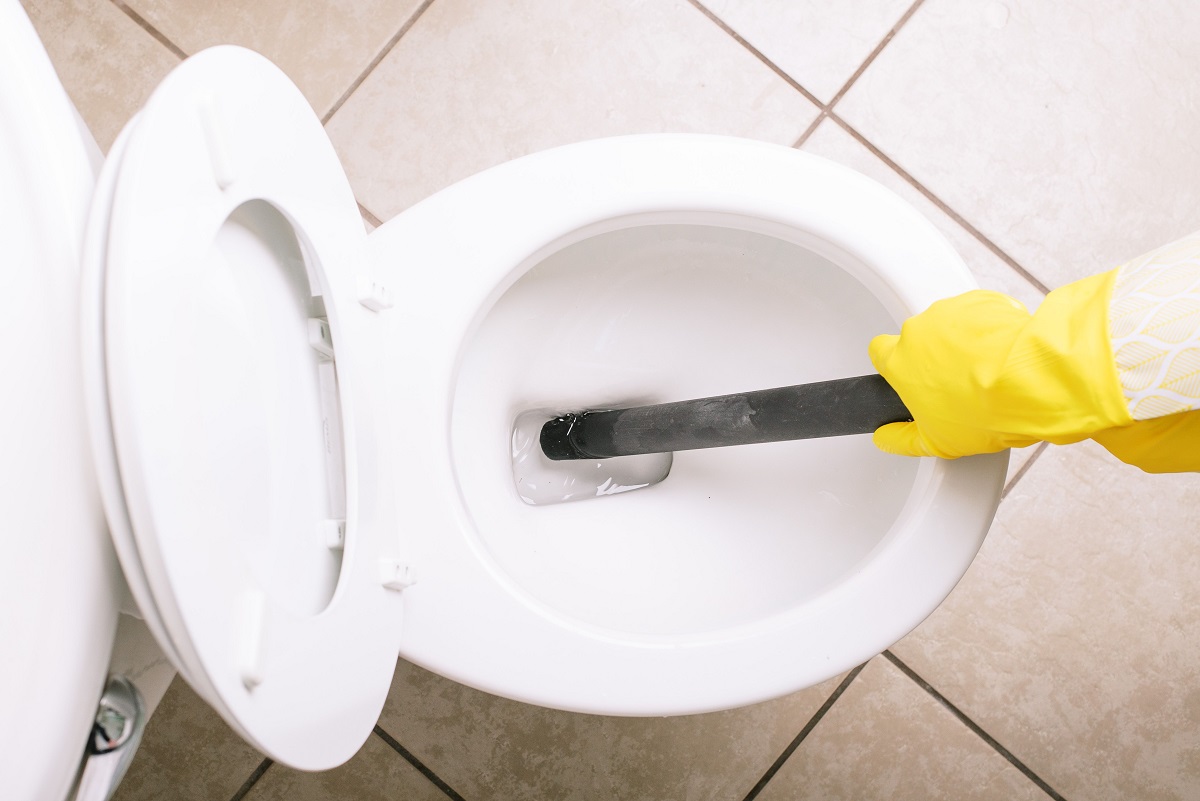
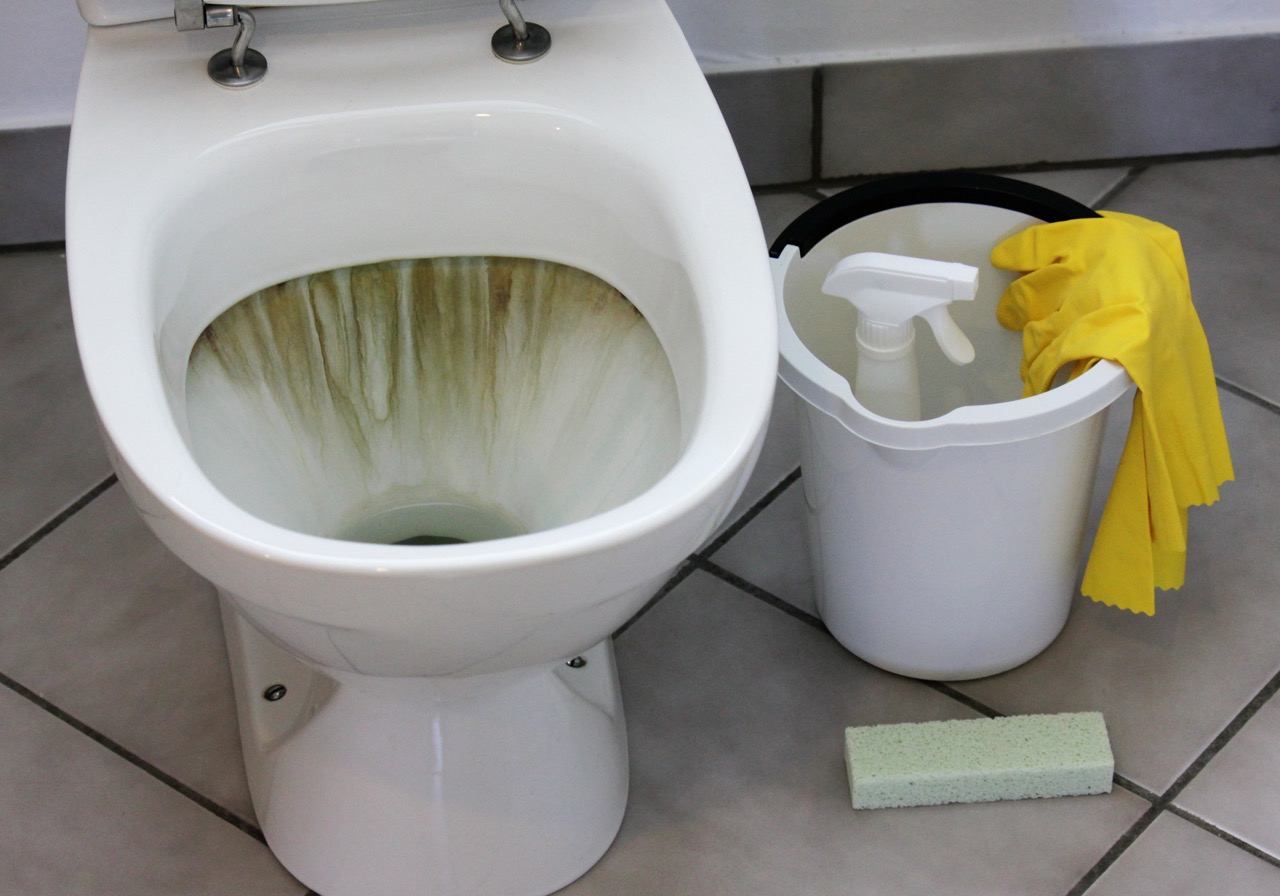
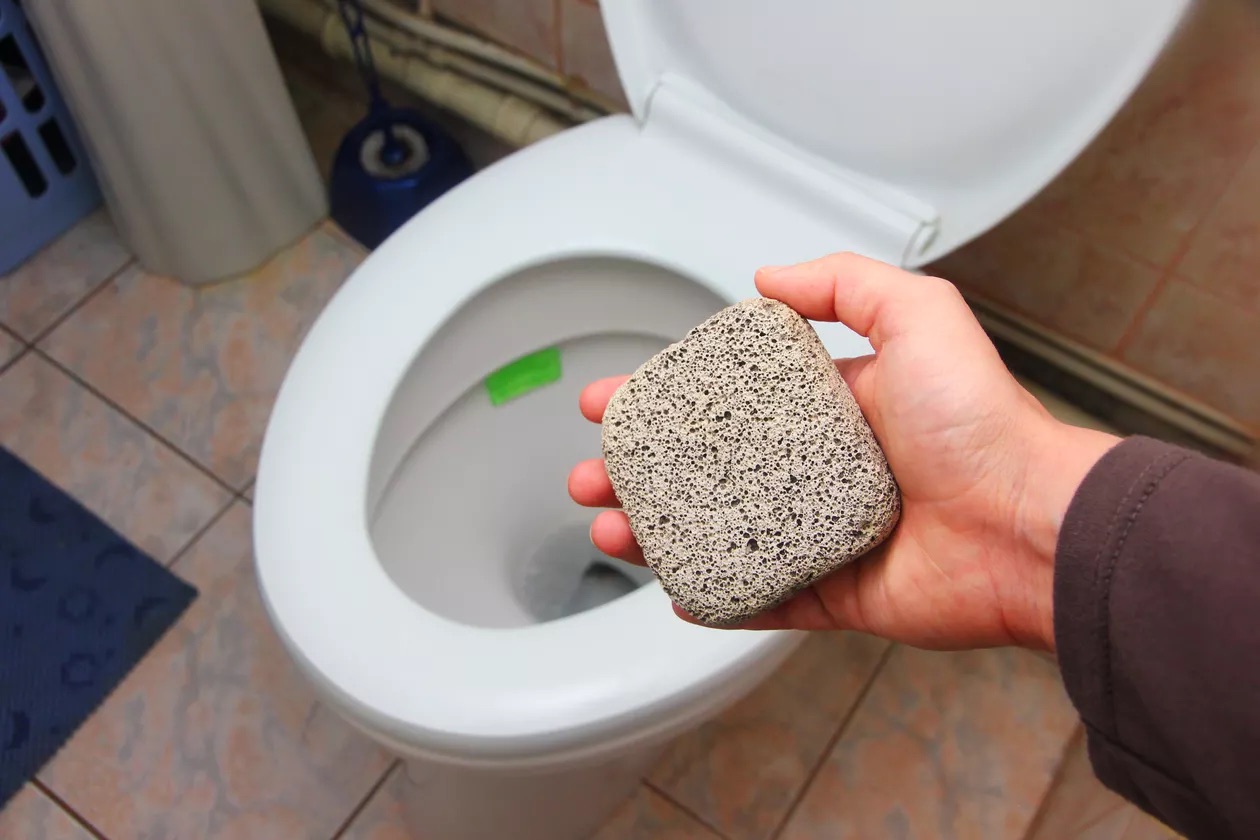
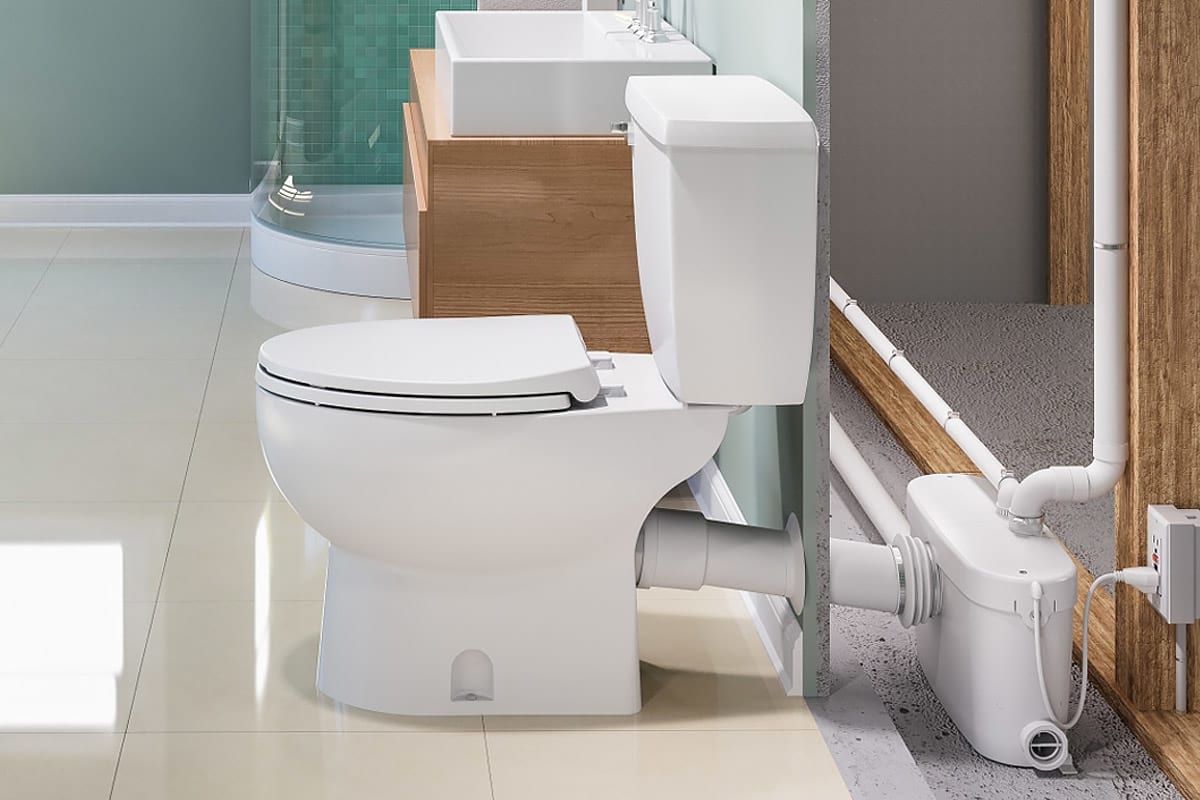
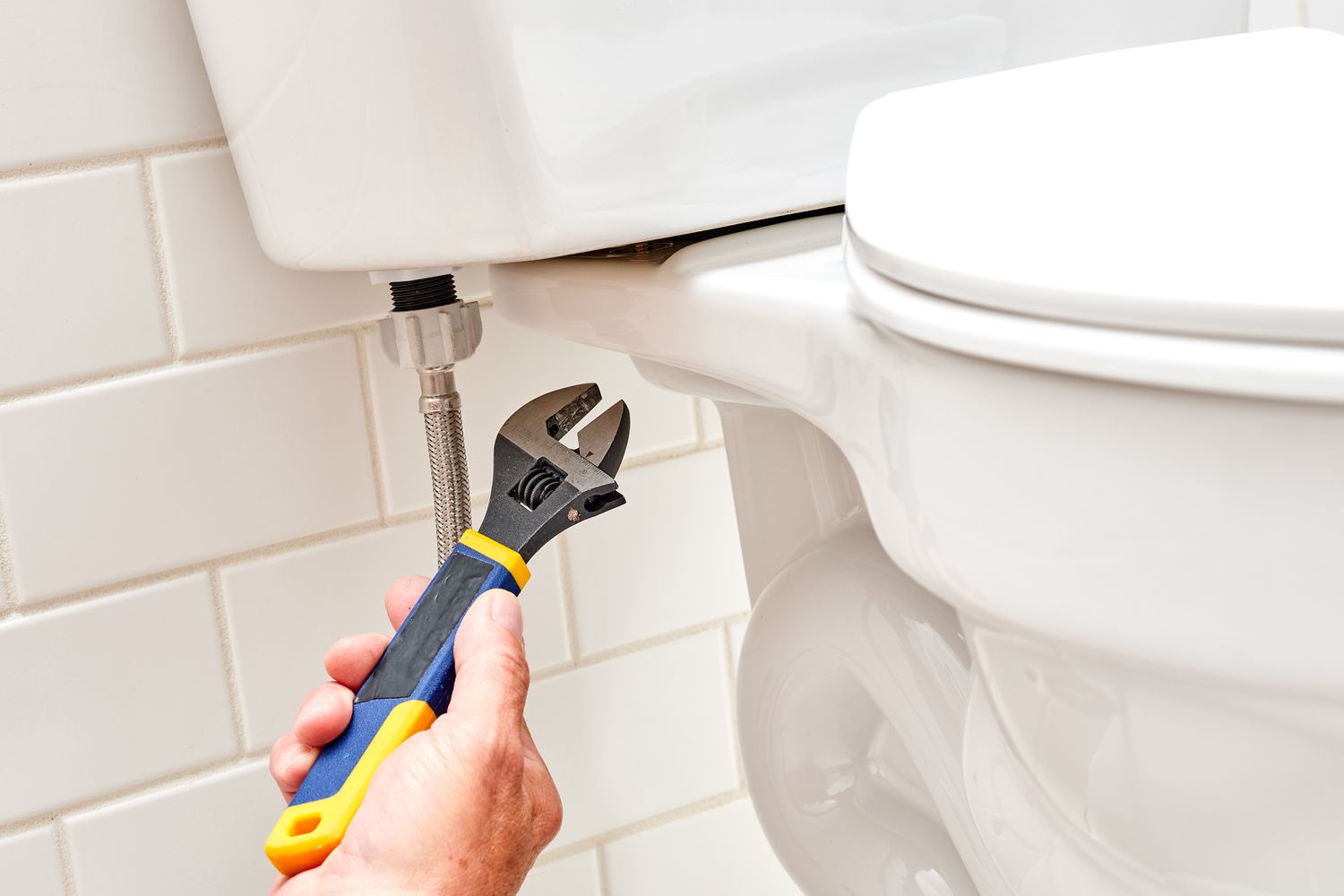
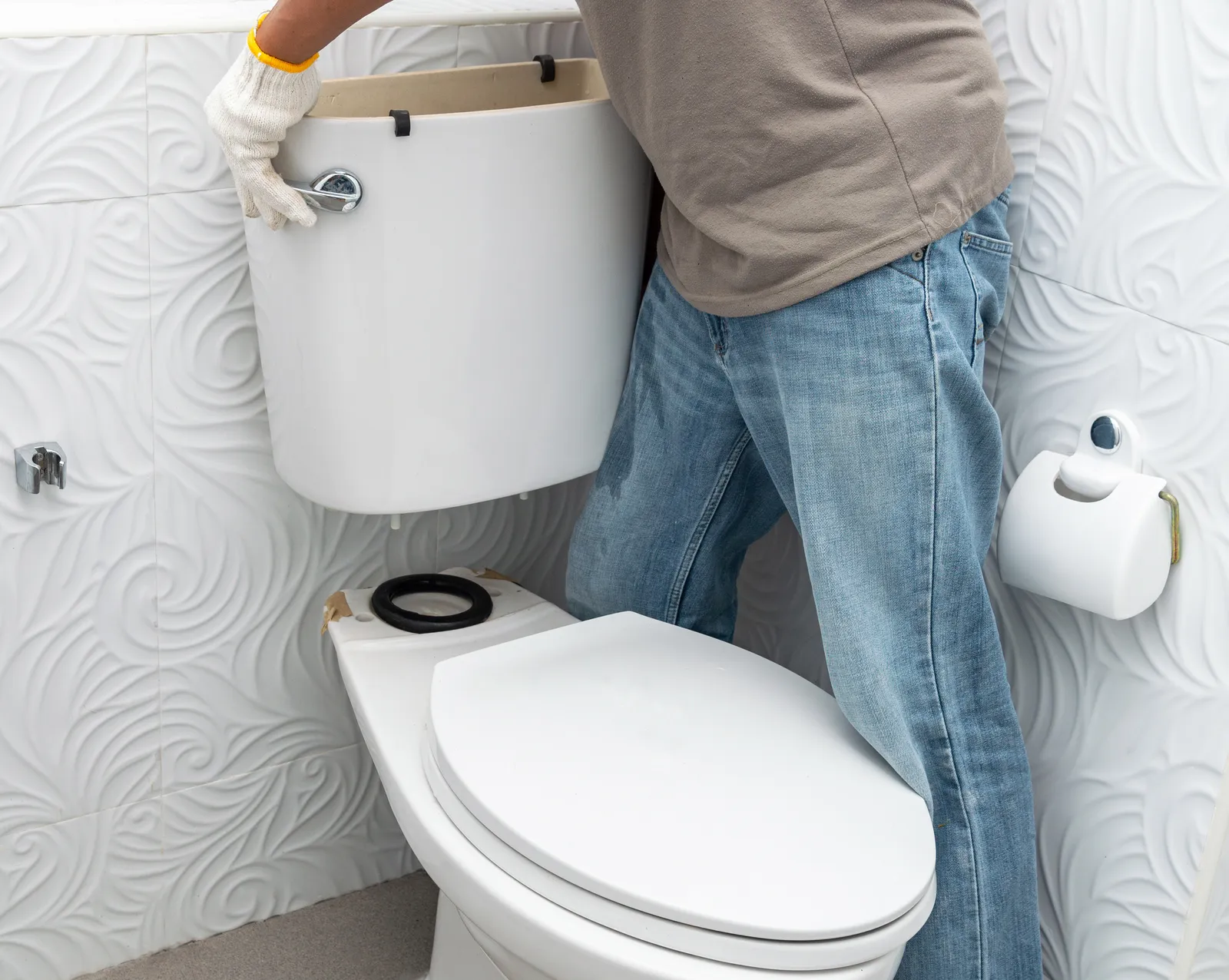

0 thoughts on “How To Choose A Toilet Bowl”